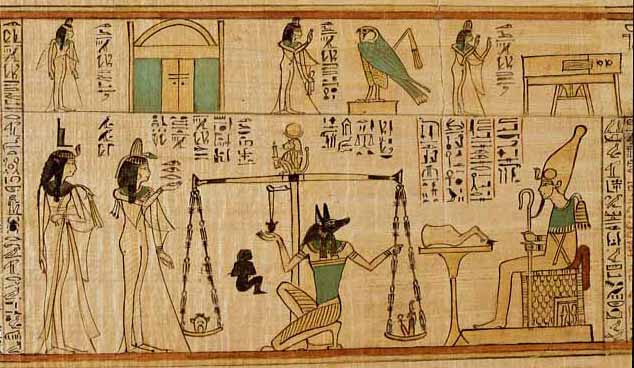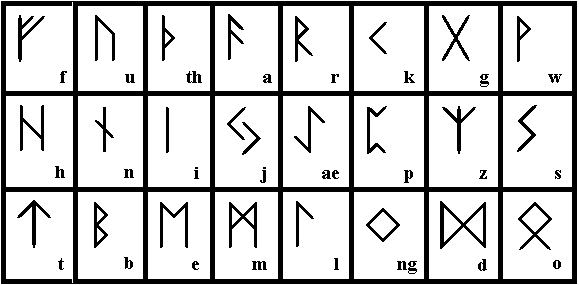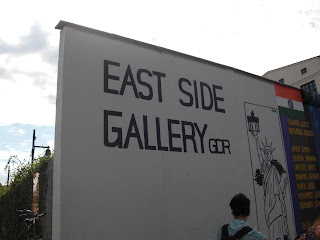 |
| http://www.crystalinks.com/bookdead2.jpg |
The Egyptian religion was heavily based on an afterlife. They spent a great deal of time alive preparing for death. The Book of the Dead was a funerary text used by the Egyptians, but also provided the basic concepts and ideals of their religion. It is not considered a bible because it was not from the divine; it was a changing document of their religion. The Egyptians used this book for spells, hymns, and as instruction for the afterlife. The Egyptians believed that there were trials and challenges that one must complete before making it to the afterlife; this book provided the answers to these tests.
The book of the dead was originally in the early Egyptian kingdom carved on the walls of the tomb and later in the Middle Kingdom it was carved inside the coffin itself. By the New Kingdom the Book of the Dead was being written on papyrus or scrolls and placed with the sarcophagus. Although the Book of the Dead was used for the religious purposes of the afterlife it was still popular well into the Roman era. The original books were not written in a specific order or chapter, instead they were organized in order of importance to each individual based on class or family. Later however the book did become more organized into a set chapters of spells know as the Saite version.
The Book of the Dead was published with the help of numerous scribes and artist whose work was put together into one copy. The cost of the book was very expensive so planning for the purchase would have been considered well before the person’s death. During the height of this books importance words were far less significant than the illustrations. Often the words are squeezed in or poorly written, even occasionally having the wrong or misspelled word. The most complete example of the Book of the Dead surviving today is known as the Papyrus of Ani.
The picture above is of one of the trials the Egyptians believed one must complete before arriving at the afterlife. It is the depiction of the weighing of the heart. Where the heart was weighed against a feather to see how much sin the individual held.



